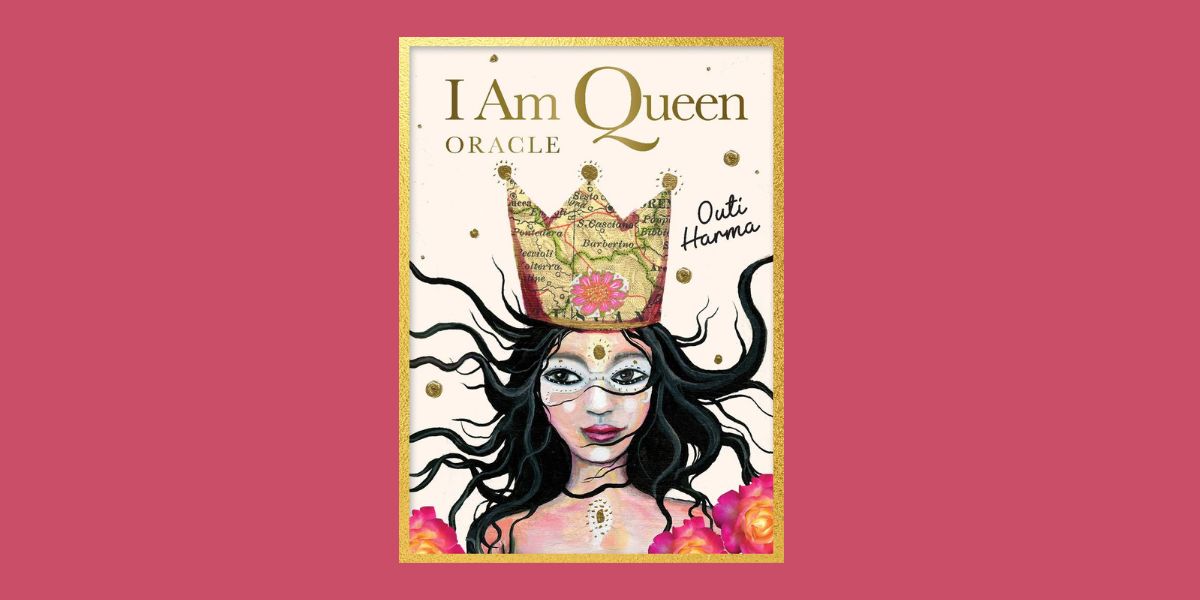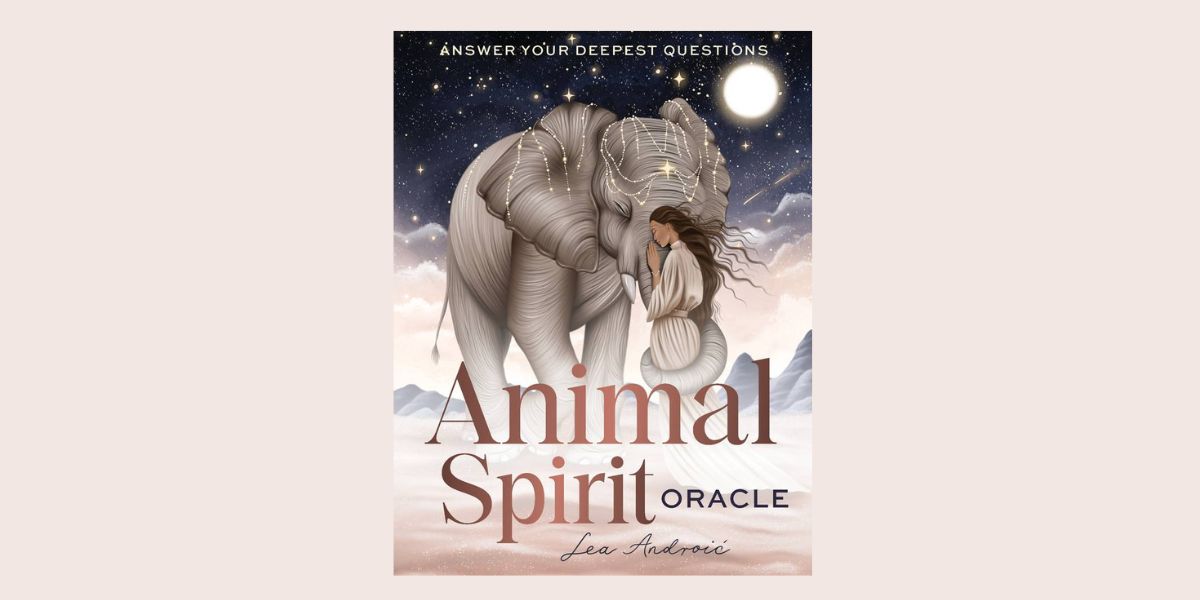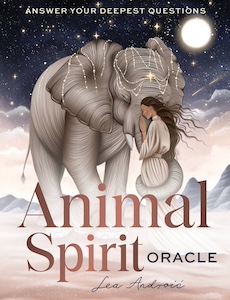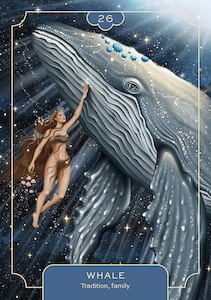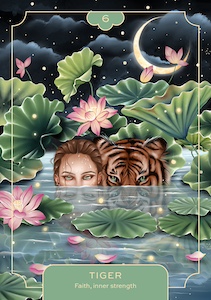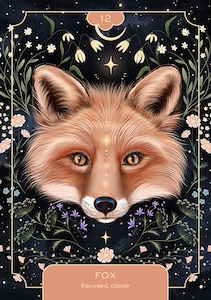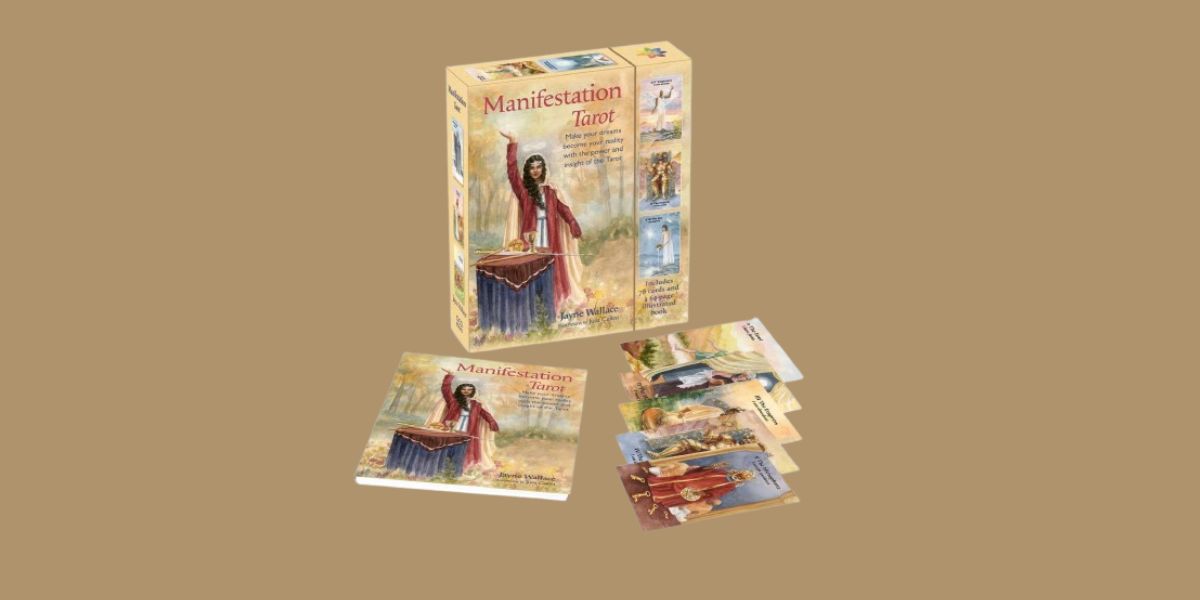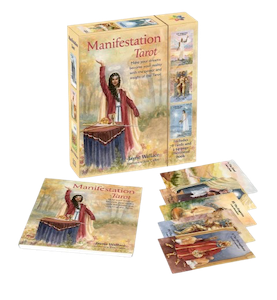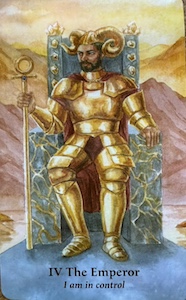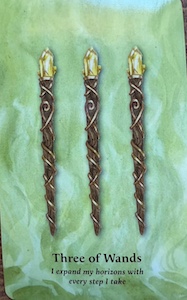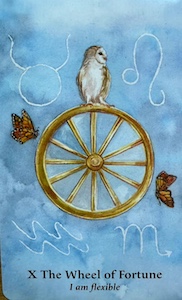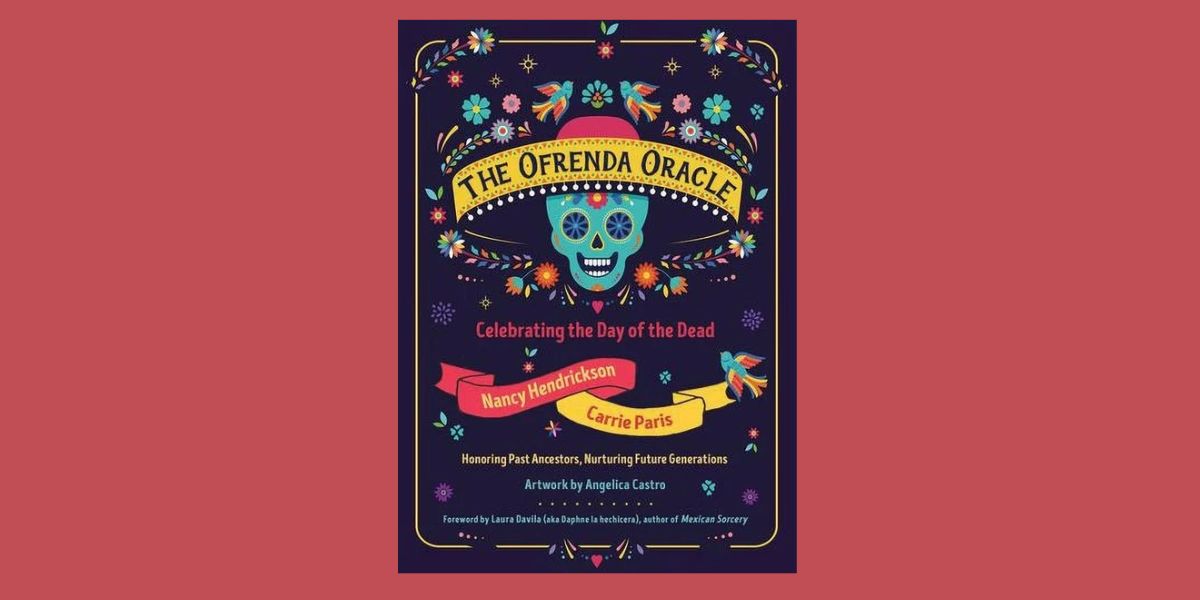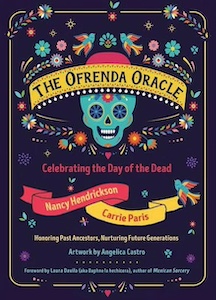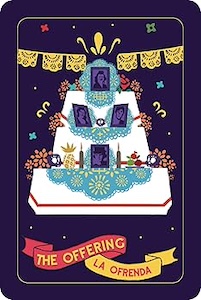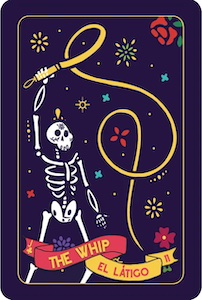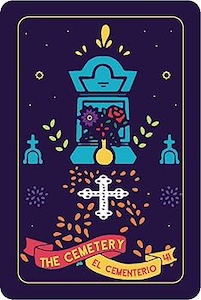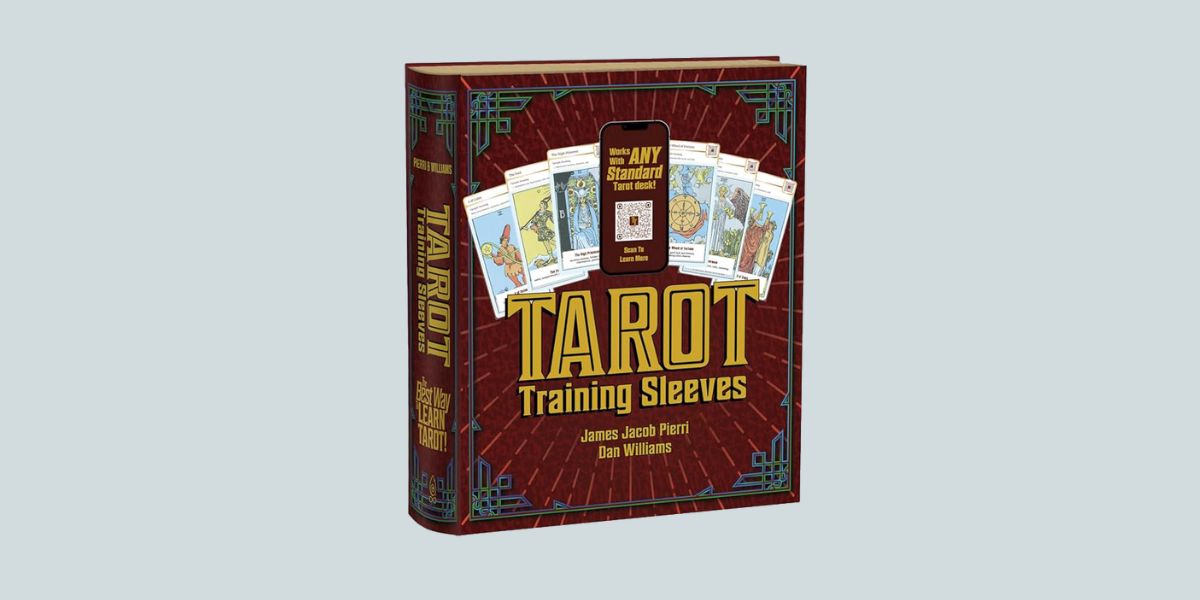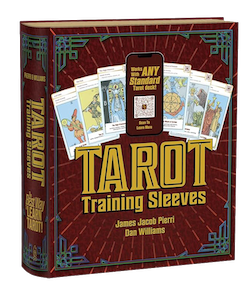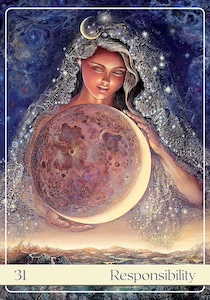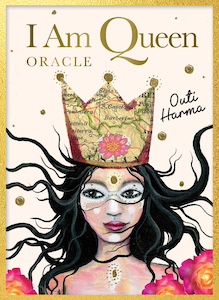
I Am Queen Oracle, by Outi Harma
Rockpool Publishing, 1922786756, 128 pages, April 2025
I Am Queen Oracle by Outi Harma is a deck for the exploration of self and personal empowerment. As a creator known for her vibrant and symbolic artwork, Harma combines her visual art with meaningful guidance to help readers see it’s for the best to love and appreciate all parts of who they are, even when they seem undesirable or messy. Her artistic vision reminds readers that they have many sides to themselves, all of which are queens in their own right, worthy of honor and respect.
“We queens are like a deliciously layered cake with various characters, flavors, and textures. Whether it’s the queen of alchemy, love, or creativity, every archetype holds wisdom and power. This deck acts as a mirror, reflecting the queens already present within you.”1
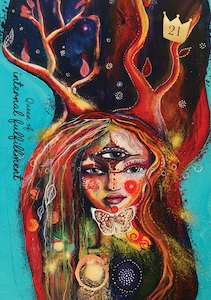
Each oracle card depicts a different queen, all of which are unique and admirable in their own right. There’s Queen of trying to Keep it Together and Queen of Pure Essence, Queen of Sensuality and Queen of Masked Emotions. What I love about these creative queens is that they’re a realistic reflection of the many ways people often feel during both high and low moments. While not specifically focused on shadow, Harma definitely has designed her queens to acknowledge a full spectrum of womanhood.
Harma’s vivid illustrations really pop in this deck, each one rich with color and symbolism. There’s an abstract, surreal feeling to the cards, which I feel intuitively taps readers into their creative, transcendent self. Some queens wear jewelry or masks, while others are bare in their bright tapestry of color. The intricate details and symbols, particularly in the hair, face, and shoulders of her figures, add layers of meaning to each card.
The artwork in this deck absolutely has a feeling of movement, bringing a sense of fluidity and emotional expression to each queen. Working with the imagery in this deck reminds me that life is always moving; we too can improvise, shift, and be spontaneous. Simply gazing at each powerful queen is a moving experience, inviting readers to ponder their own inner qualities and how they can better connect with them.
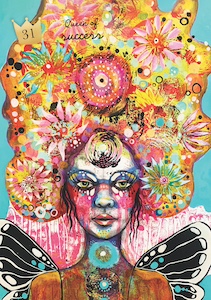
The guidebook is also very insightful, promoting both self-reflection and personal empowerment. The messages lead readers to recognize the queen within themselves and discover her message. For each card, Harma provides an overview of the queen, guidance on how to find her within oneself, and the gift the queen has to offer. Each entry is a good length (around 3 pages), providing plenty of inspiration through the integration of Harma’s uplifting guidance.
One thing I really like about the deck is how Harma encourages readers to make a ritual of their reading by doing something that denotes the sacredness of it, such as lighting a candle, holding a personal item, or spending time in front of an altar. As someone who tends to pull out their deck for a quick answer, I loved her suggestion because it reminds me it’s best to slow down and truly sink into a reading.
I’ve used this deck for over a week now, trying out the different spreads Harma offers and connecting with the queens that come through each day. And while I’ve really enjoyed discovering each queen within myself, the ones that have stuck out the most for me were the queens that called out pieces of myself that I wasn’t recognizing: Queen of Insecurity and Queen of Feeling Off.
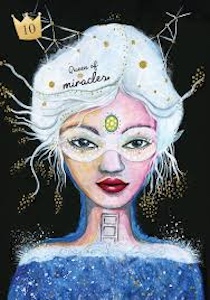
There’s something about being seen when you’re not “on”, even if it was by the cards in my reading, that made me feel a huge sense of relief. I didn’t need to hide anymore; the cards laid me bare and offered meaningful insight into how these “undesirable” feelings actually hold gifts for me. Harma says of the Queen of Insecurity:
“The queen of insecurity embodies the essence of vulnerability and self-doubt. She is the part of you that feels fragile and uncertain, often questioning your worth and abilities. Despite her perceived weaknesses she processes a unique charm and depth, and feels deeply and profoundly.”2
I loved this, as I often forget that feeling deeply is something that I don’t need to be ashamed of and being able to appreciate the range of feelings that come from this quality is something I can honor rather than reject. Similarly, the Queen of Feeling Off card made me reflect on how these states of being are not permanent; I can temporarily feel out of alignment and take note when it happens because it points me to a deeper truth.
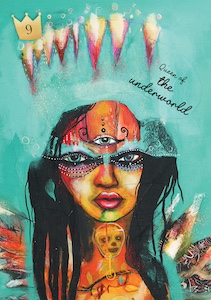
Overall, I Am Queen Oracle is a beautiful fusion of art and introspection. This deck speaks to all pieces of one’s soul while also engaging the senses and emotions through powerful artwork. This deck is for those looking to discover the many queens within themselves, allowing themselves the space to open up to gifts and messages each one has to offer.
I highly recommend this deck for those looking for daily inspiration or connection to their inner self. Harma does a wonderful job of revealing the layers of ourselves that have the potential to lead us deeper into self-care, self-love, and self-empowerment. It has a real “girl power” feeling that I just love!
Alanna Kali is an astrologer, numerologist, and pioneer spirit that loves to explore life through the lens of depth psychology. She has a passion for studying the humanities and social trends. Her academic work is centered upon reuniting body, mind, and spirit through eco-psychology. She loves reading, spending time in nature, and travel.
